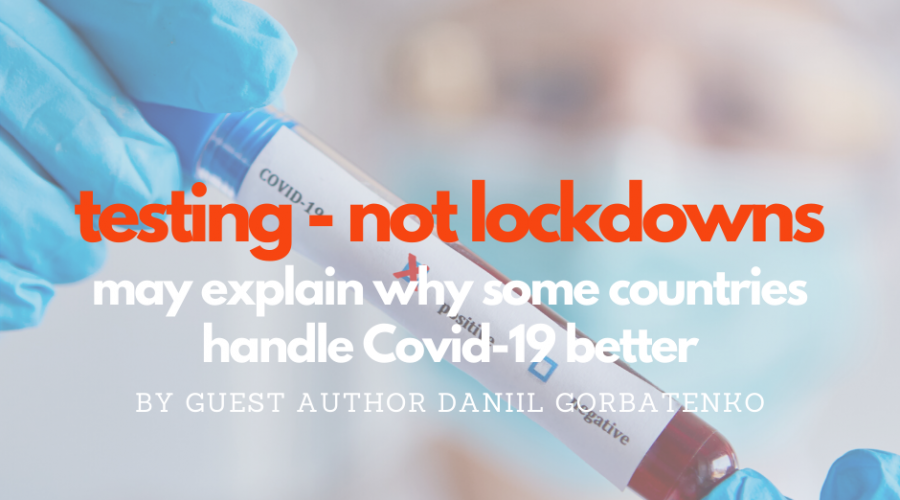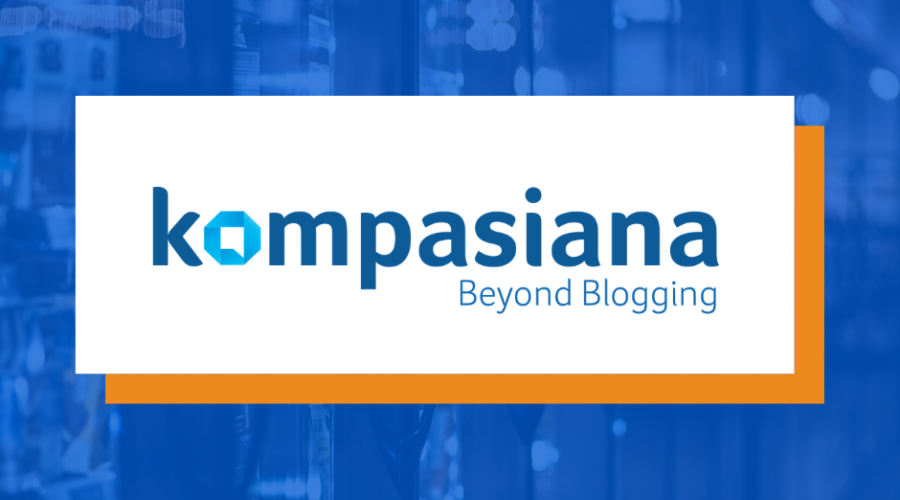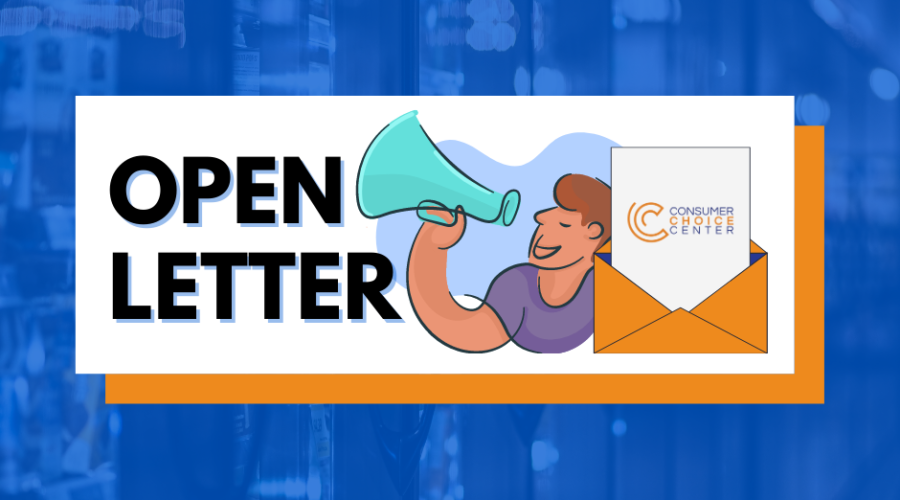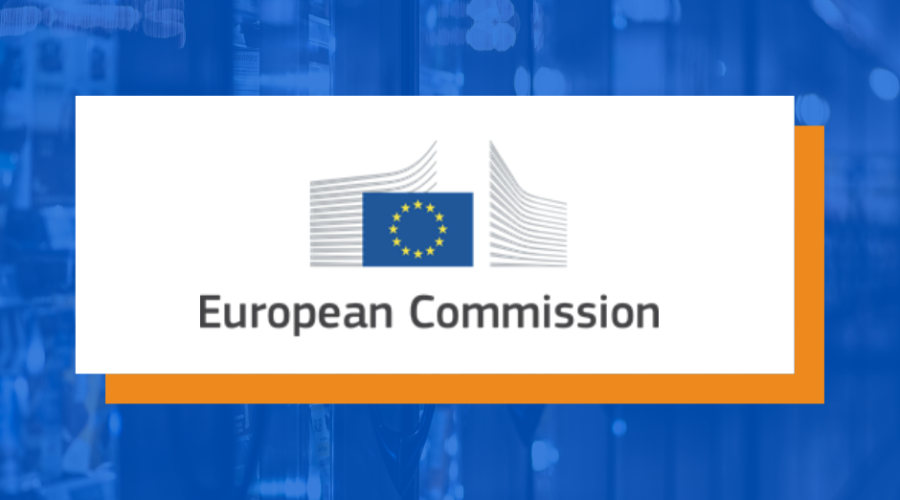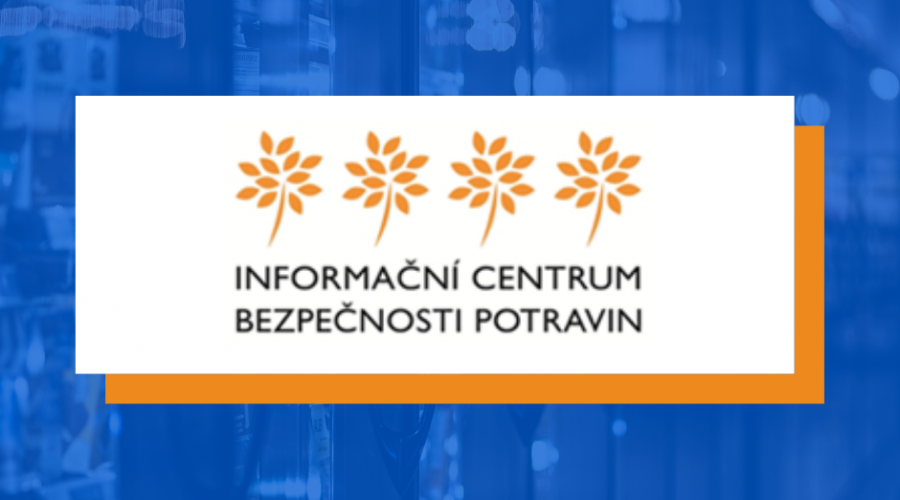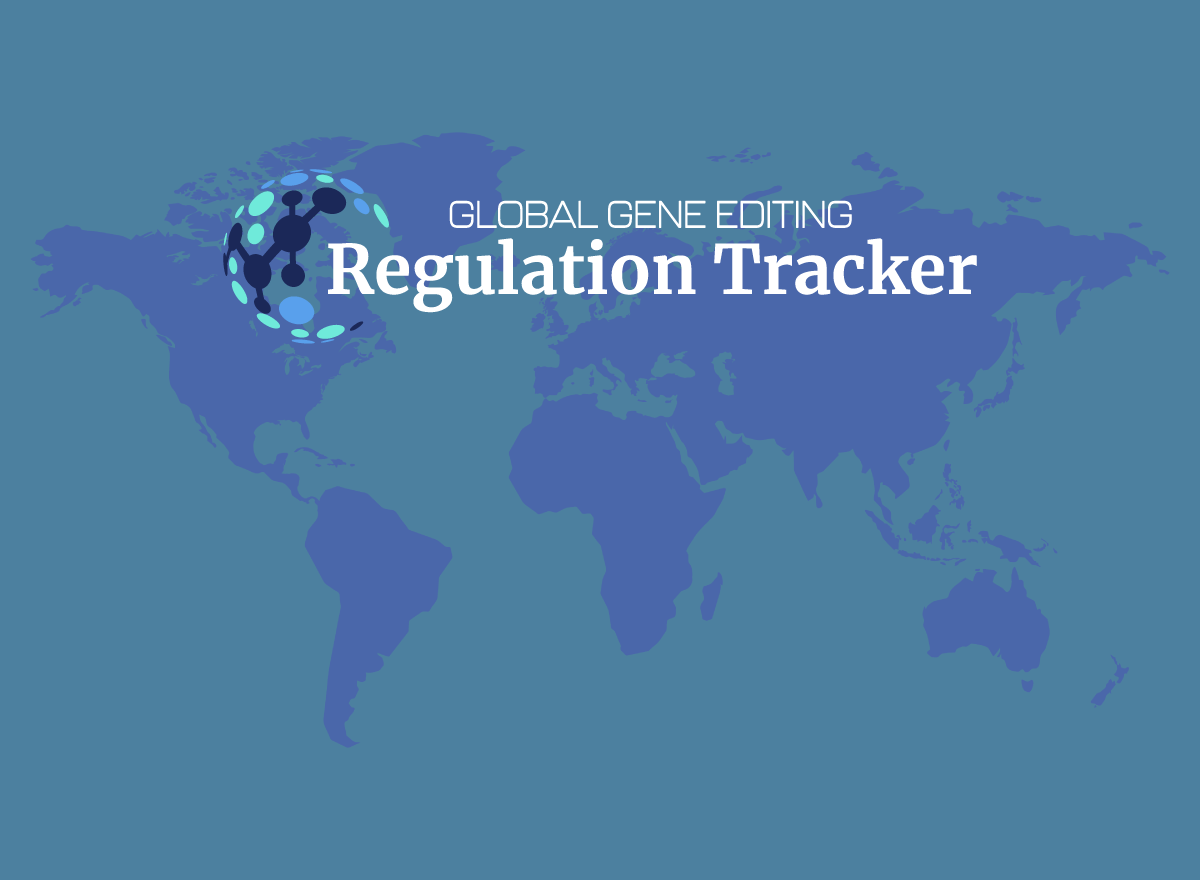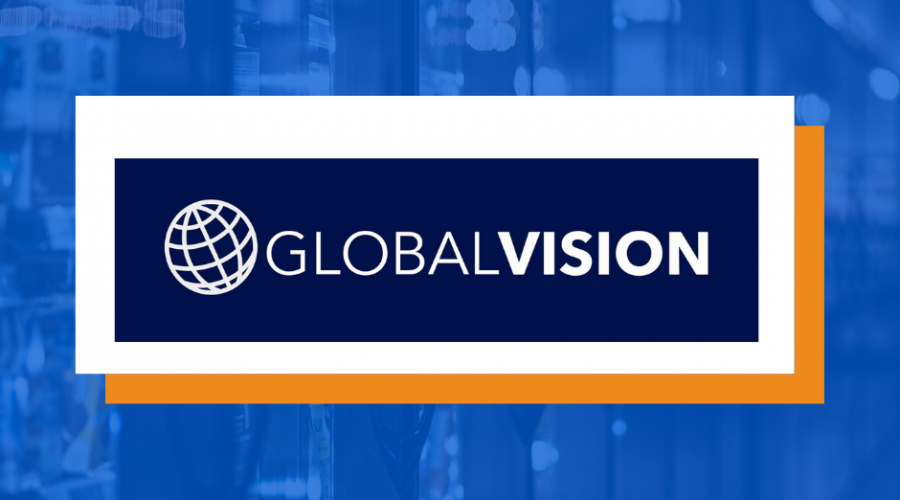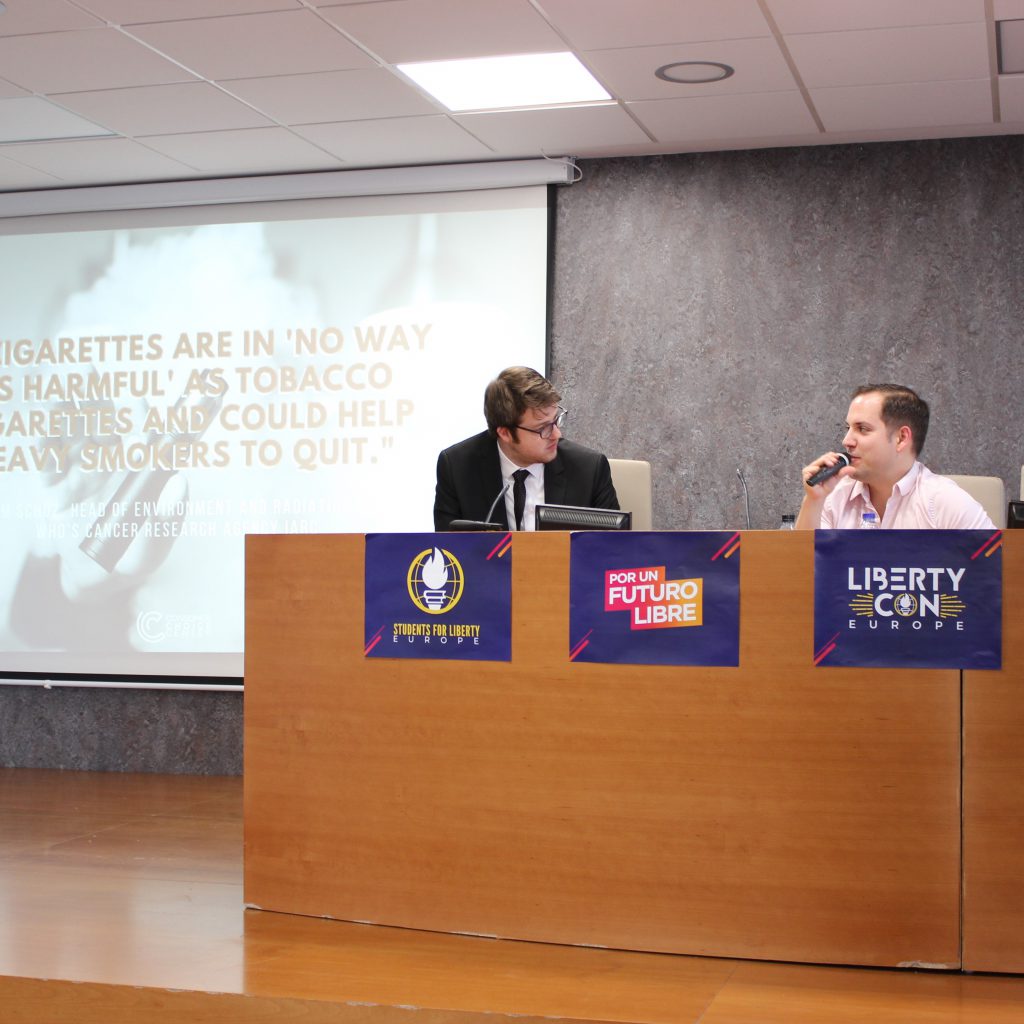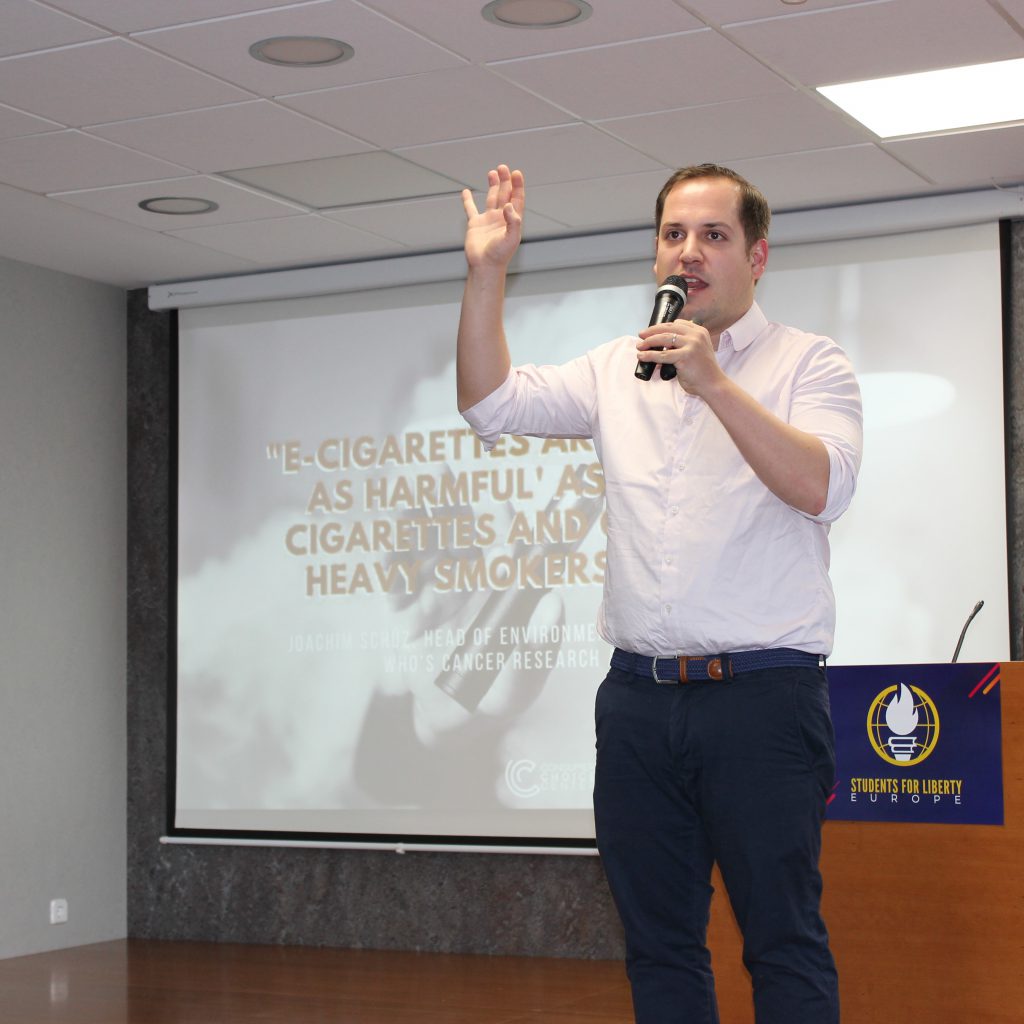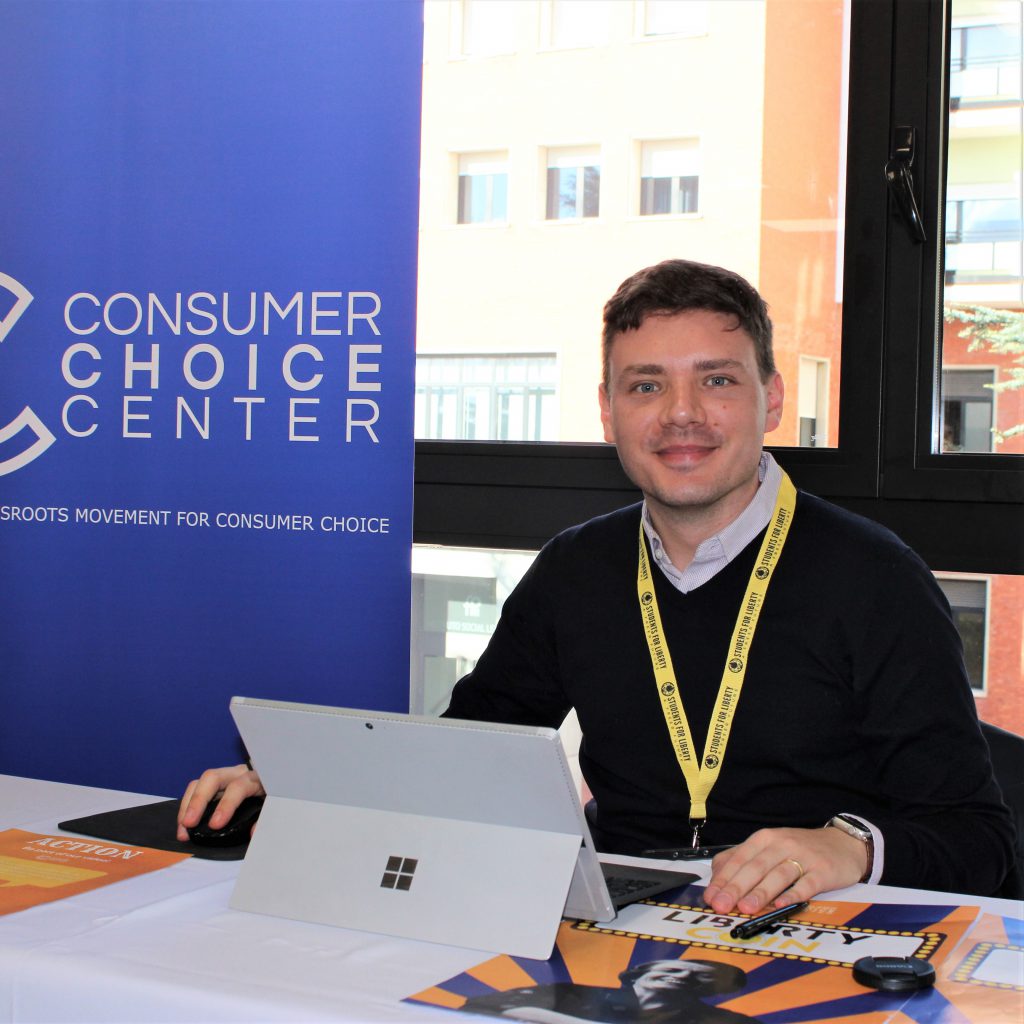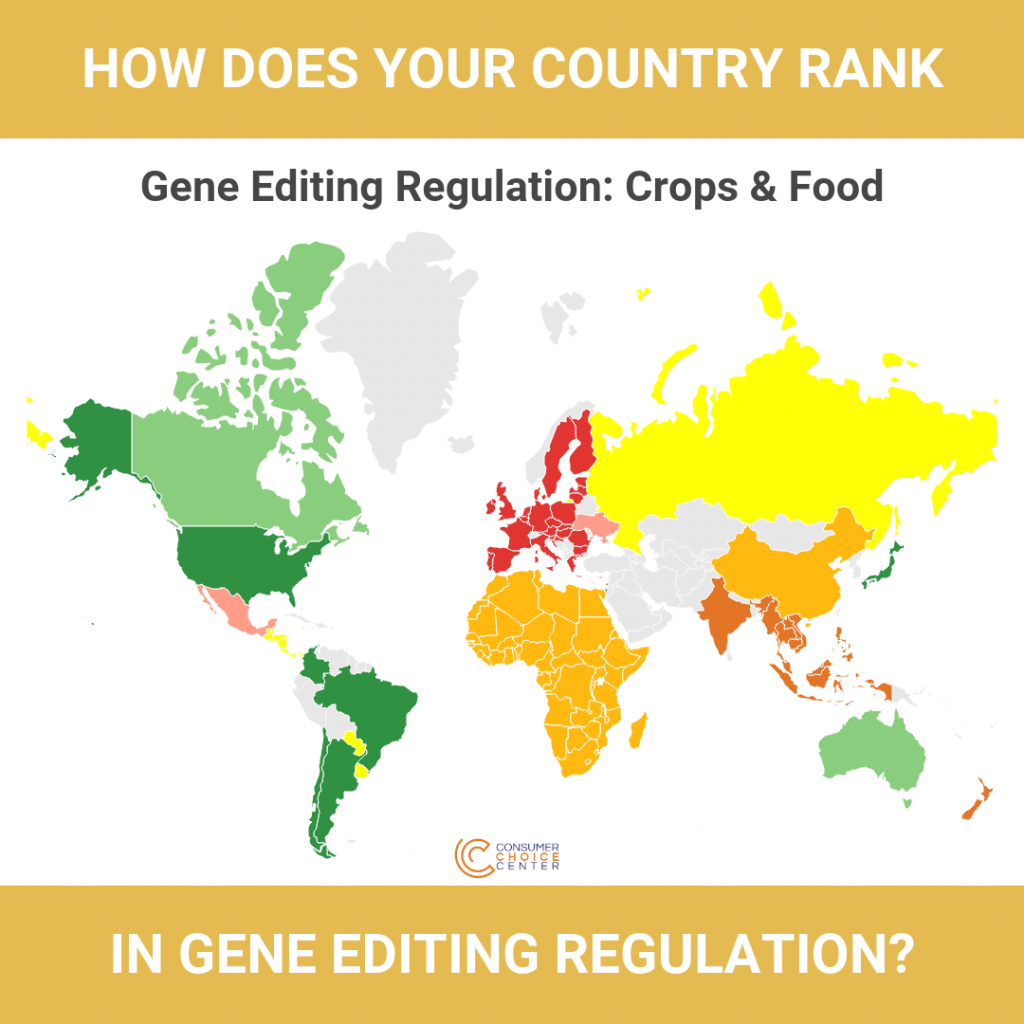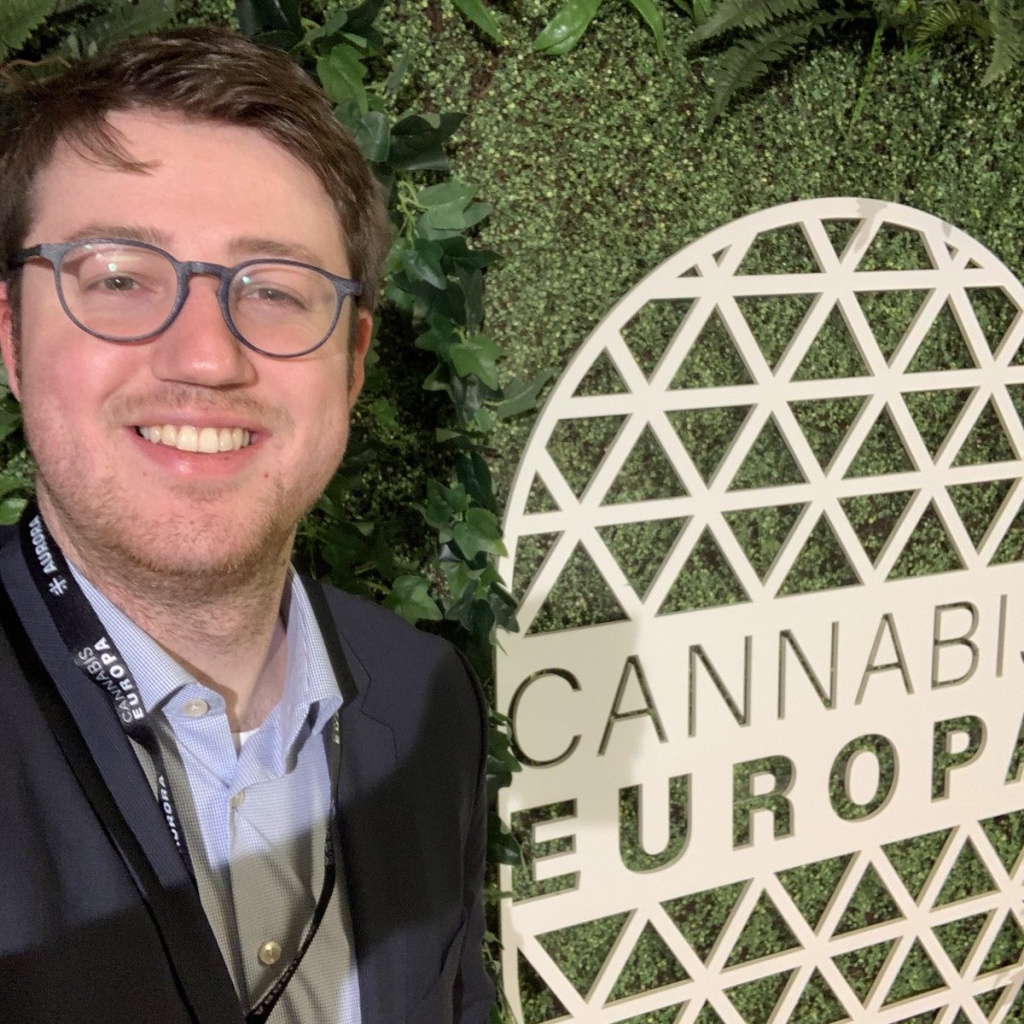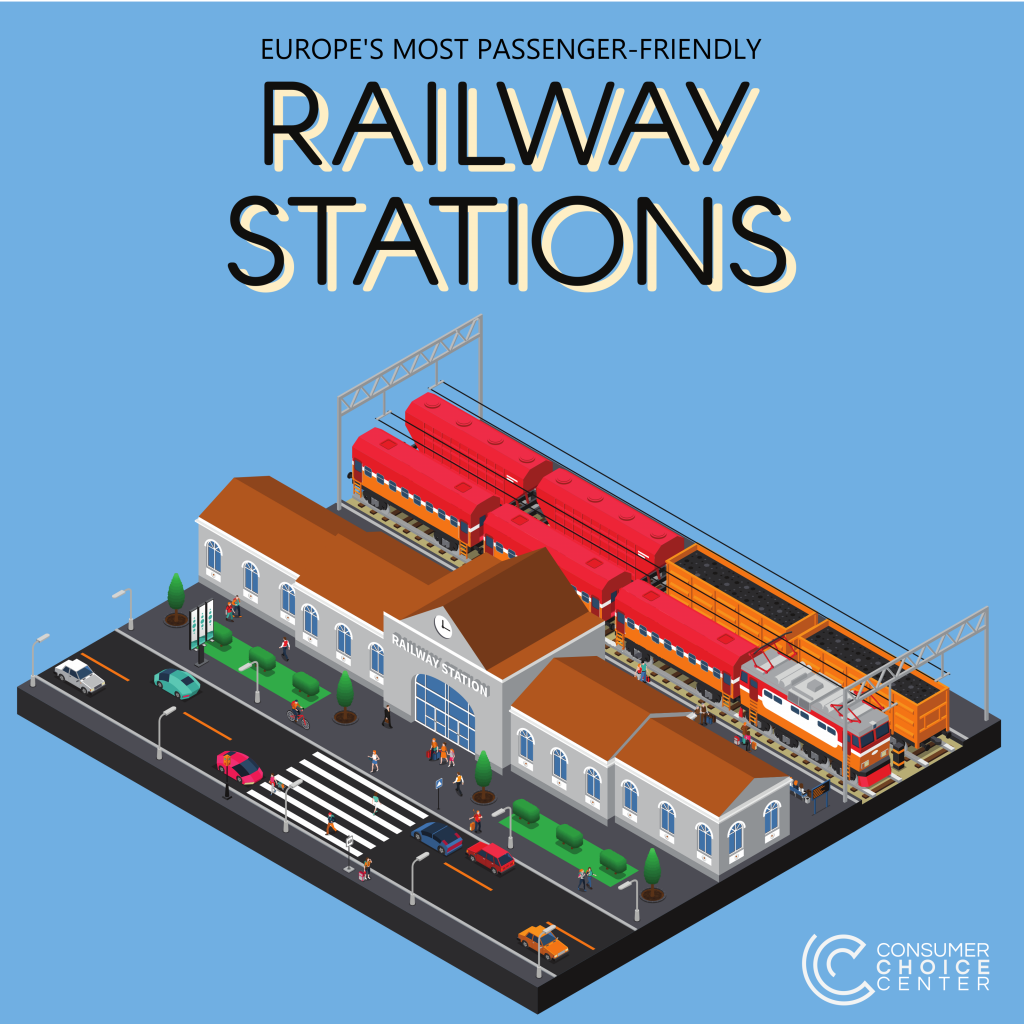MEP Isabel Benjumea on COVID-19
The terrible COVID-19 pandemic that we are experiencing brings with it not only a health and humanitarian disaster but also an economic, social and political crisis. Faced with this issue, we must not forget that moments of weakness and crisis lay a ground for interventionists and statists of all political affiliations, who will try to take advantage’ of these moments of tremendous uncertainty to push forward their dogmas in societies filled with fear.
The confinement of citizens as the main measure of prevention against the virus and the extensive powers channelled by governments for that matter can be interpreted as the ideal safeguard to enforce statist dogmas. One of them goes as follows, “only the state is capable of protecting you from this threat [coronavirus] only the State has a clear understanding of what is happening and acting to that end (thus monopolising information and the truth), it is the State that marks the times and that administers your daily life… Ergo: it is the State that will save you in the end”.
Yet, as is usually the case, reality prevails over utopia and facts take over dogmatic dreams. Let’s look at what’s happening in Spain- my home country – which is also, unfortunately, one of the countries most affected by this terrible pandemic.
In the face of the centralised and interventionist measures of a socialist government that is not very freedom-loving, the private initiative has managed to tackle the exasperating slowness of government management. While the central government was piling up sanitary material to ensure a fair and equal distribution, different companies came together to buy sanitary materials and bring them to our country. While this government got lost in bureaucratic procedures and press conferences without journalists, the public-private collaboration in regions and cities allowed the acquisition of material, the direct management of the public health emergency and even the construction or adaptation of new hospitals. While the socialist government is selling supposed aid to increase public spending, small, medium and large companies, along with individual donors who are giving out thousands of grants and contributions to fight the virus and help the most vulnerable and affected groups.
If we allow the usual statist propaganda to manipulate reality and make up for what is happening, the post-coronavirus era might signify a dangerous return to a dark past. All solutions to this crisis and all contributions to building the future must as always, come from effective and accountable institutions with limited power. And they should embrace a strong private initiative and embrace its role in the global search for the most sensible solution.
And let’s also be clear that those who have seized all the power will not want to give it up easily. An uncontrollable government that has had the opportunity to manage the daily lives of its citizens will not give away that power. That is why we must take it all seriously and insist that each and every one of the individual rights given up in this crisis is preserved.
It is essential to understand these potential dangers before choosing an action plan. Before passing legislation in the fields of health, tax, labour or social affairs, we must be clear about the dangers that lie ahead and the path to follow.
More specifically, in relation to the supply of medicines and health material, I previously used the Spanish case as an example: so far it has been a public-private collaboration that helped find a way out of the gridlock that the country found itself in. And there must be rules and regulations, of course, following the simple maxim: “few and clear”.
Hyper-regulation and bureaucracy that blocks the supply channels makes the products more expensive and delays their delivery and subsequent distribution. Let’s speed up purchases by limiting the security checks instead. The liberalization of the pharmaceutical sector, allowing the sale of medicines that do not need a prescription outside pharmacies and online. It is also crucial to lower the burden faced by the pharmaceutical sector both in its internal organization and in the creation of new enterprises. This may help reduce the price of products.
Alongside this liberalisation, the institutions must focus their regulations on ensuring product quality, especially in such important areas as health. Obviously, the existence of patents that have to overcome all the demanding safety and quality filters is absolutely justifiable. At the same time, they ensure the interest of private research, necessary for public and health benefit. But it will also be the role of the institutions to facilitate the management of patents, to prevent monopolies and abuses in the market that could prevent free competition and its consequent lowering of the price of the product.
Liberalising measures combined with the security framework to be provided by the institutions, reduction and simplification of the hyper-regulation that delays the management of solutions and public-private collaboration in the search for solutions are the way forward. And the key is that these are not ideological dogmas; they are lessons drawn from observing what is happening; from examining the disastrous reality.
Las opiniones y opiniones expresadas aquí son de los autores y no reflejan necesariamente la política oficial o la posición del Centro de Elección del Consumidor. Cualquier contenido proporcionado por nuestros bloggers o autores es de su opinión.
Consumer Choice Center es el grupo de defensa del consumidor que apoya la libertad de estilo de vida, la innovación, la privacidad, la ciencia y la elección del consumidor. Las principales áreas de política en las que nos enfocamos son digital, movilidad, estilo de vida y bienes de consumo, y salud y ciencia.
El CCC representa a los consumidores en más de 100 países de todo el mundo. Monitoreamos de cerca las tendencias regulatorias en Ottawa, Washington, Bruselas, Ginebra y otros puntos críticos de regulación e informamos y activamos a los consumidores para luchar por #ConsumerChoice. Obtenga más información en consumerchoicecenter.org







